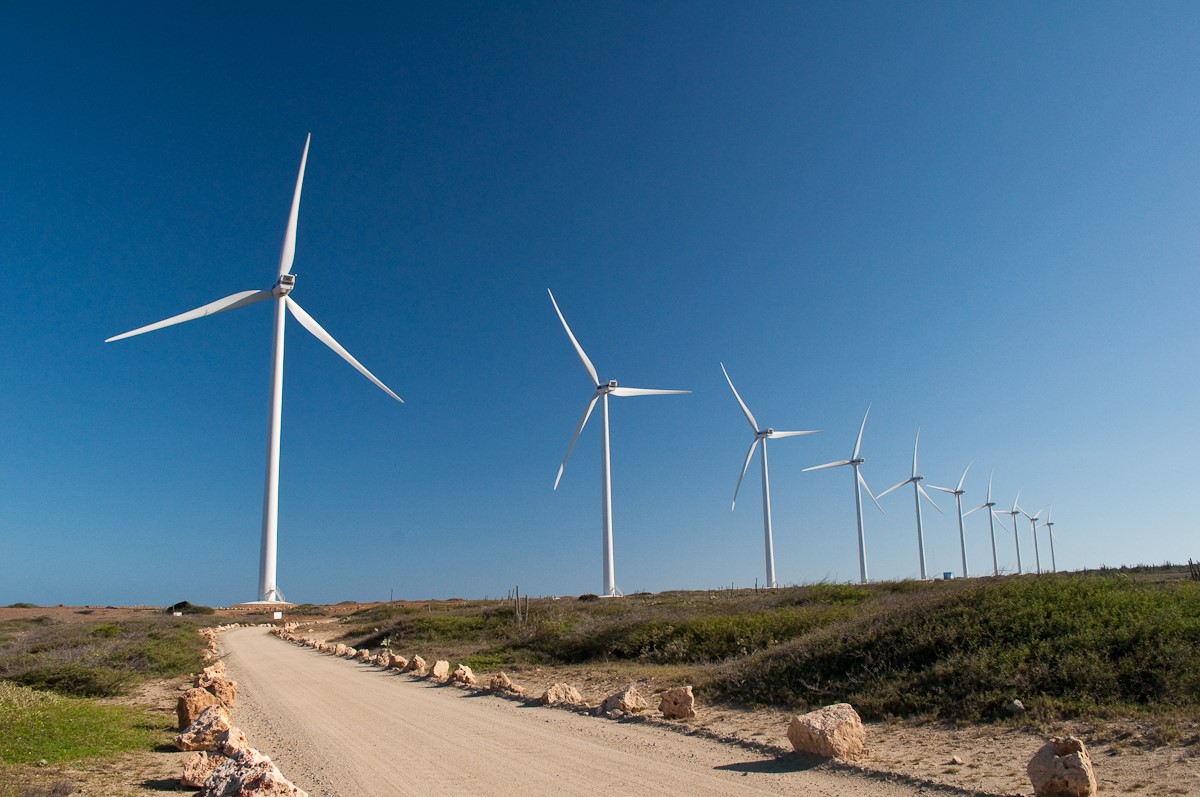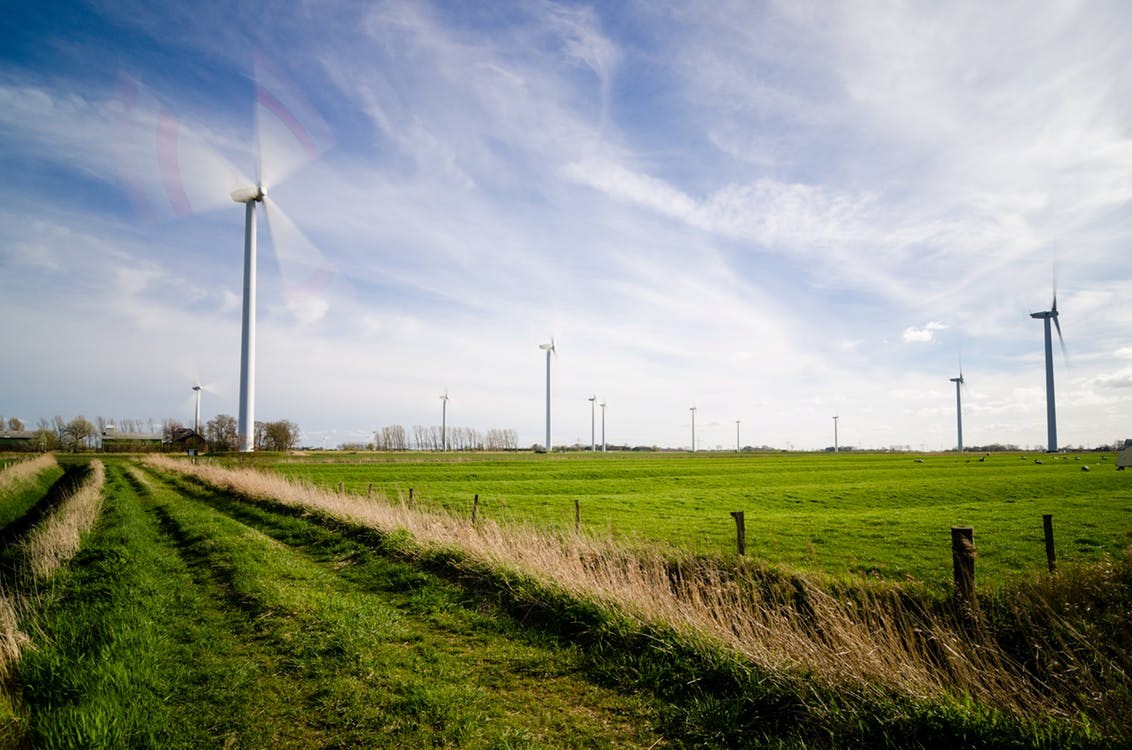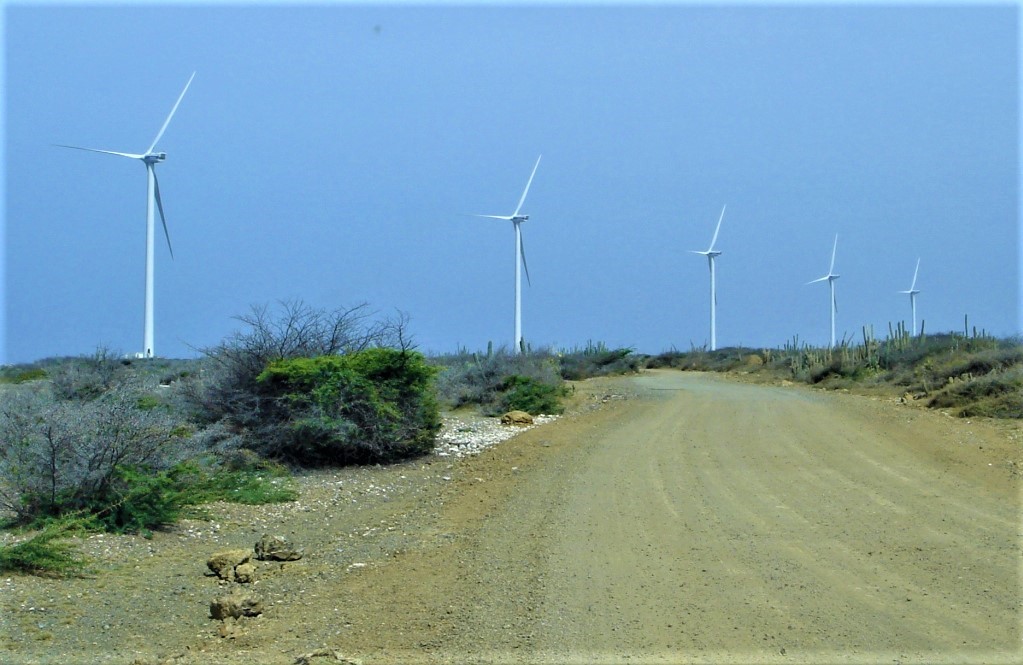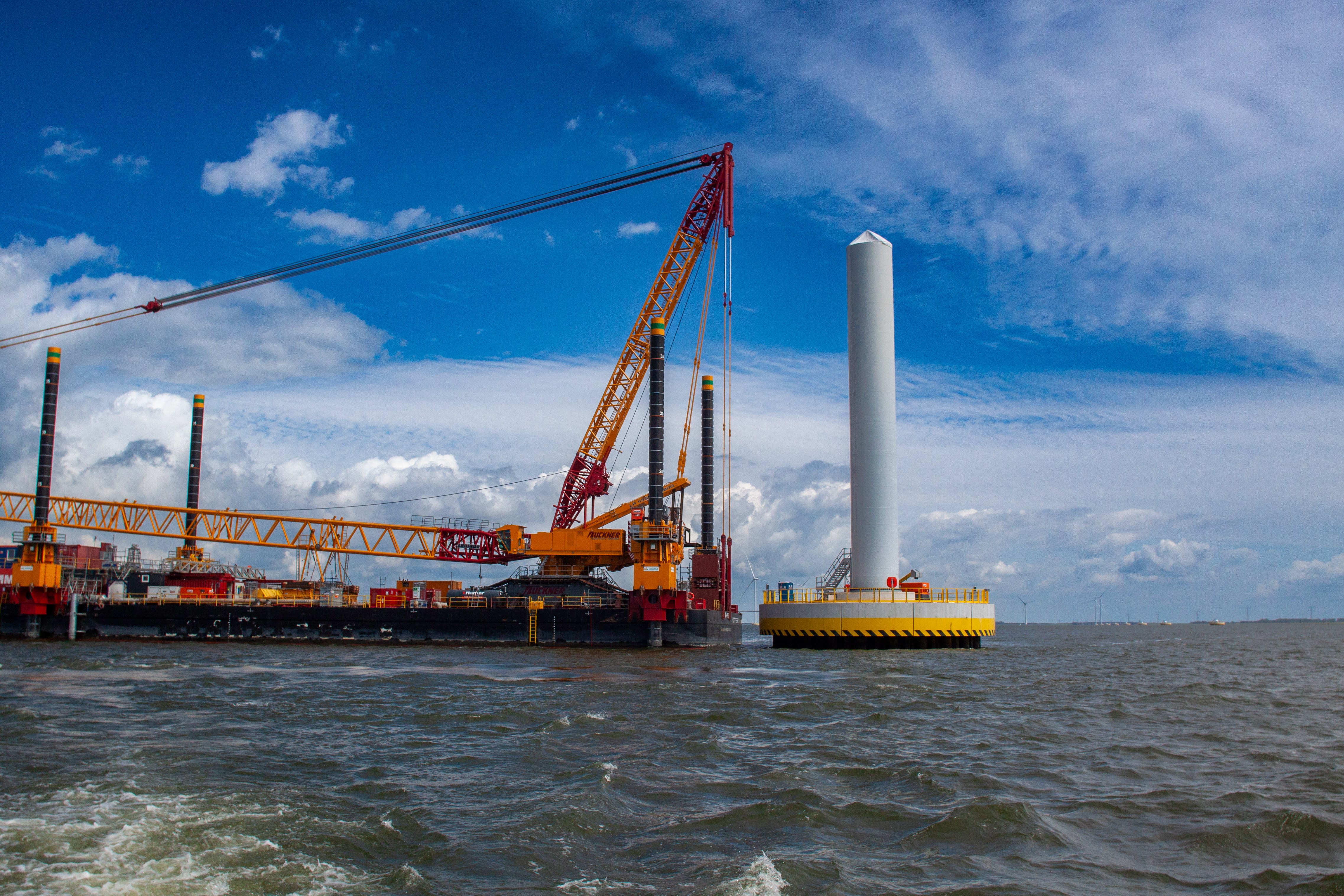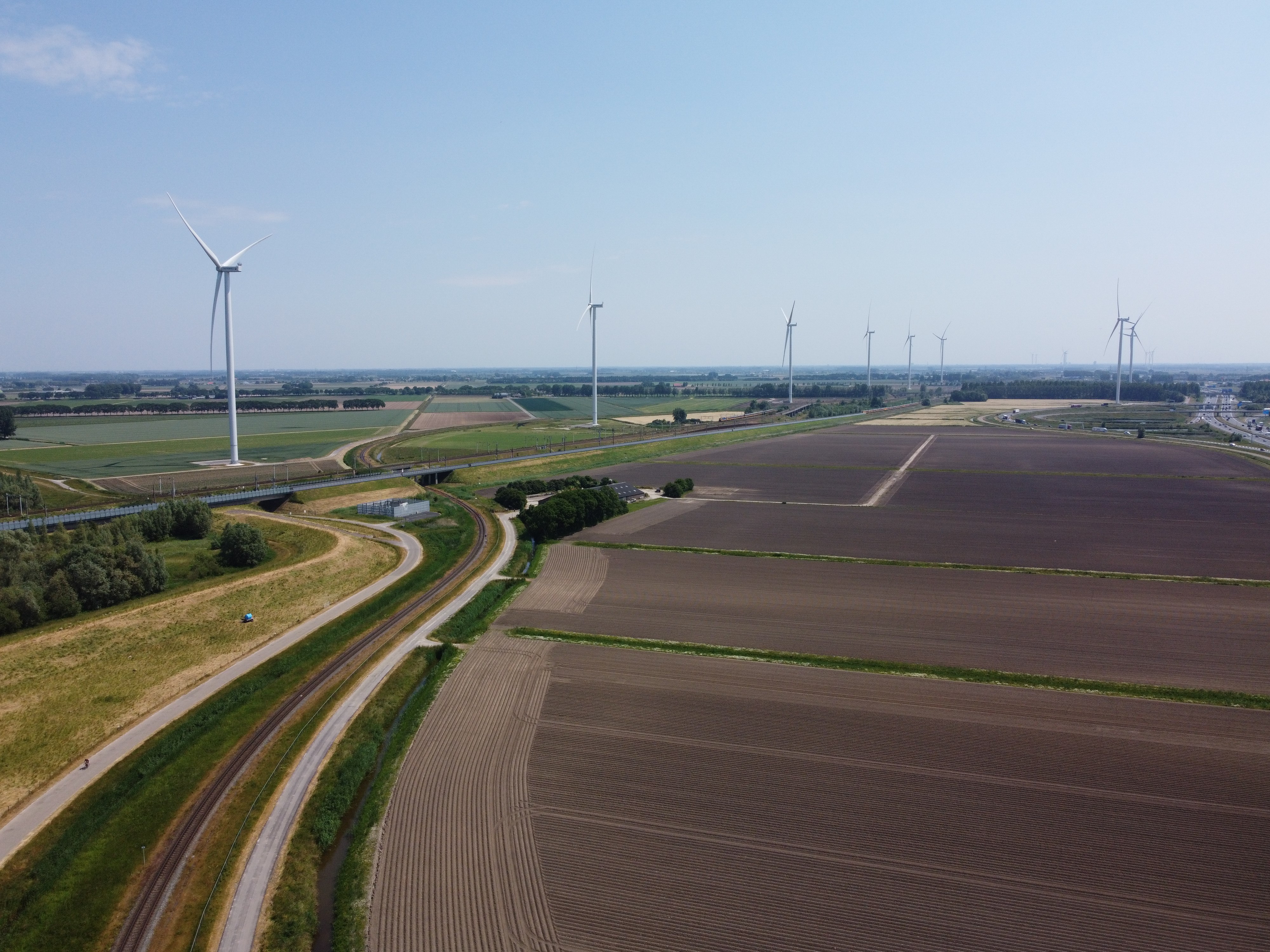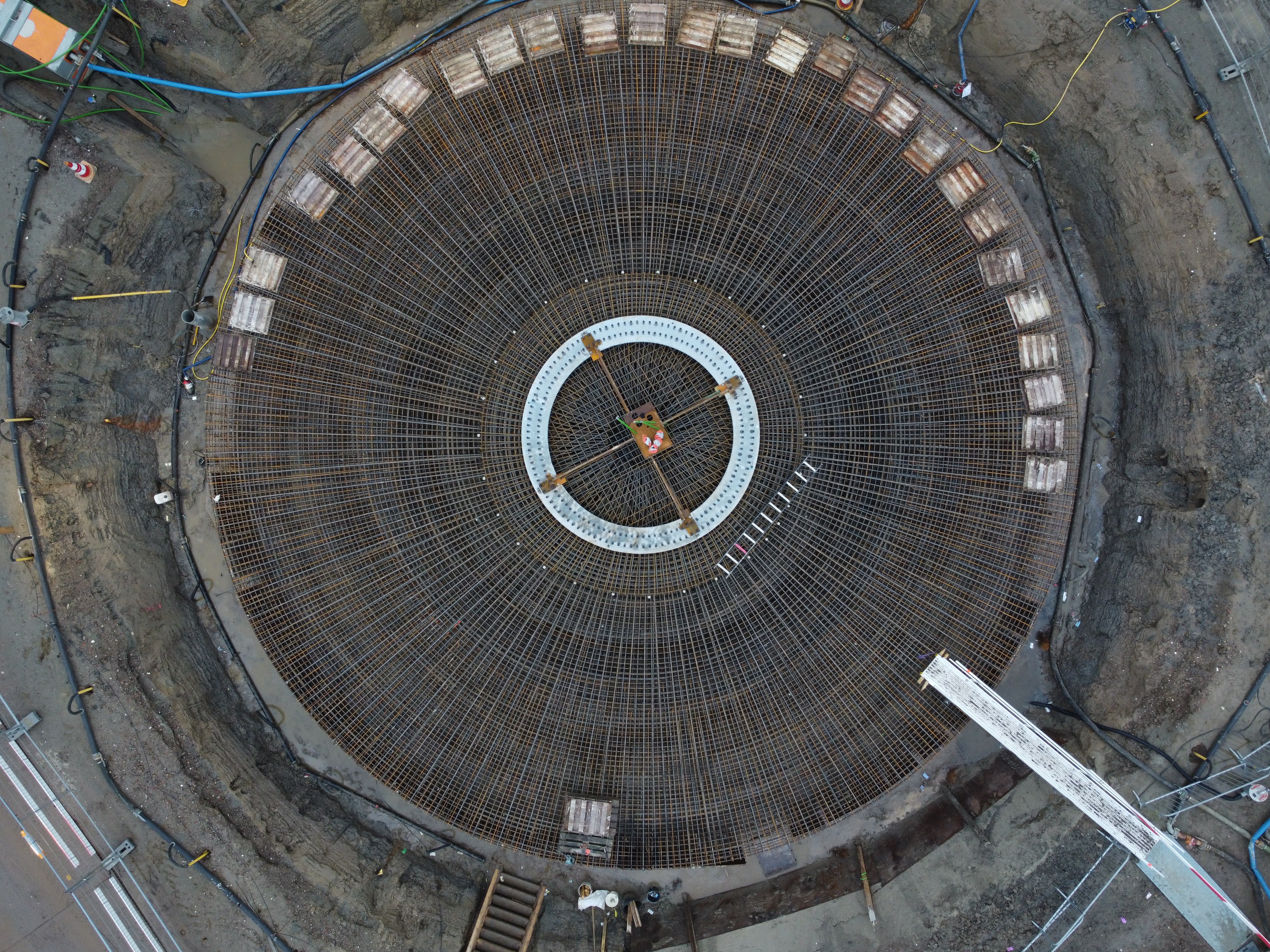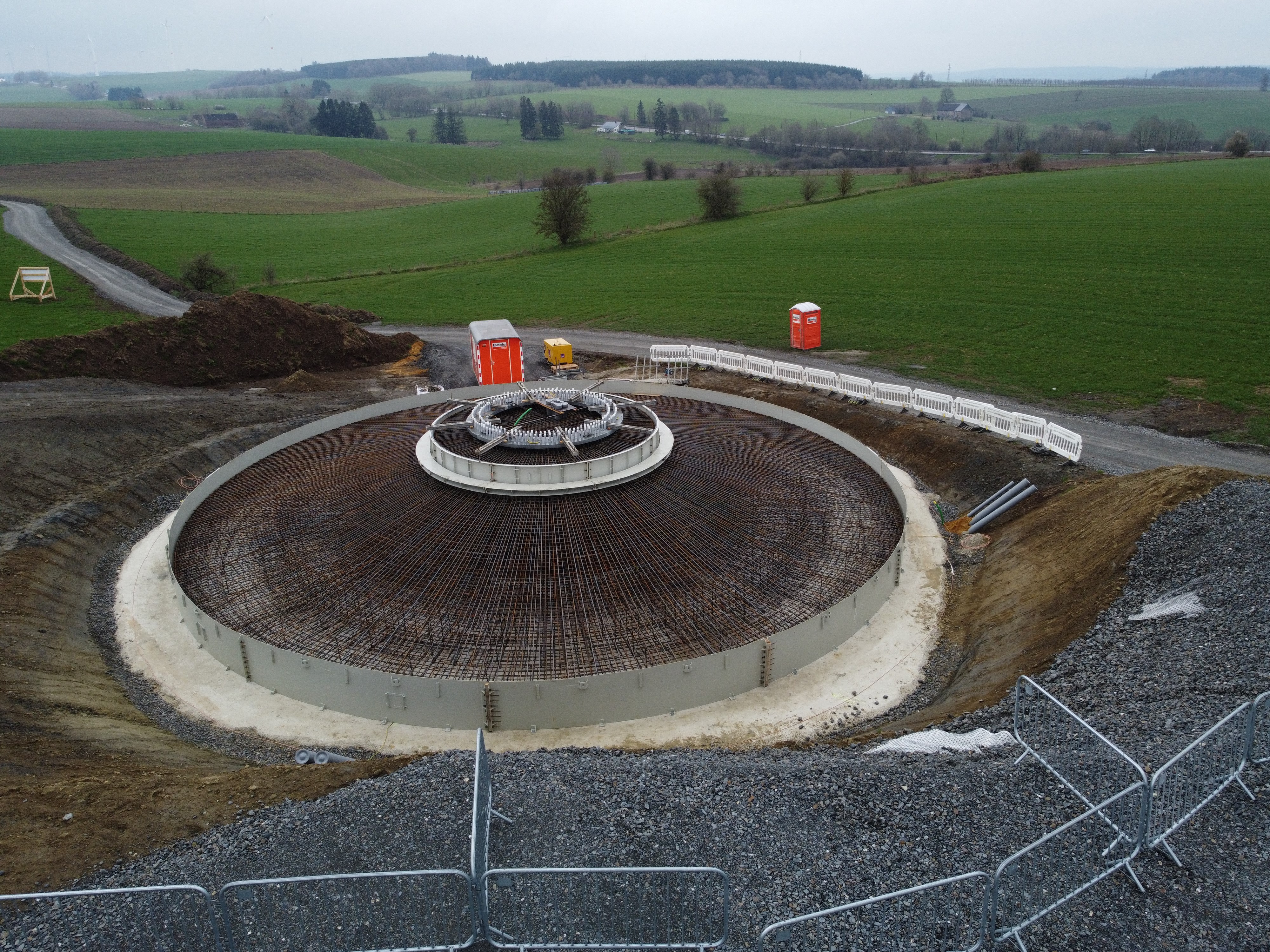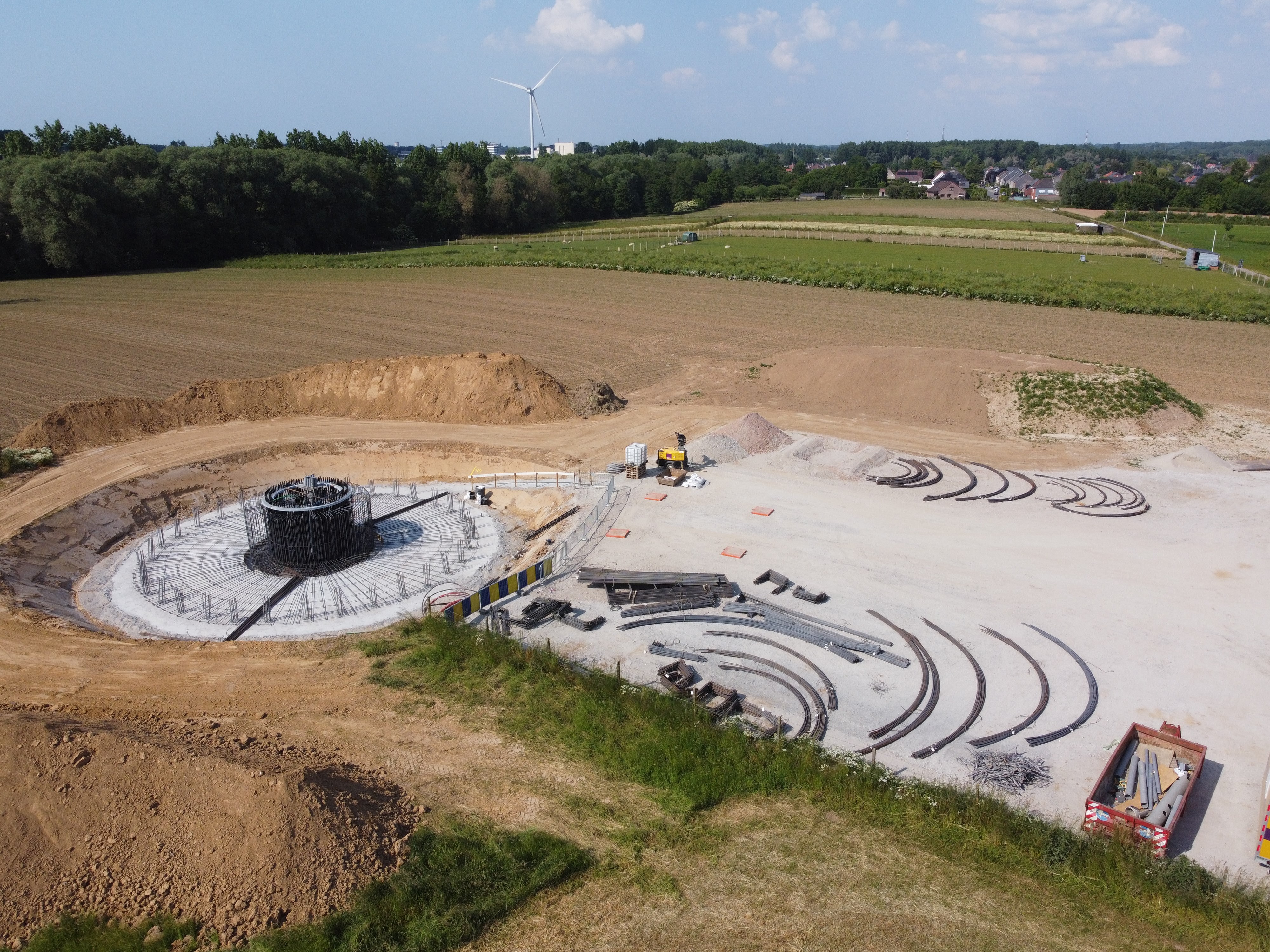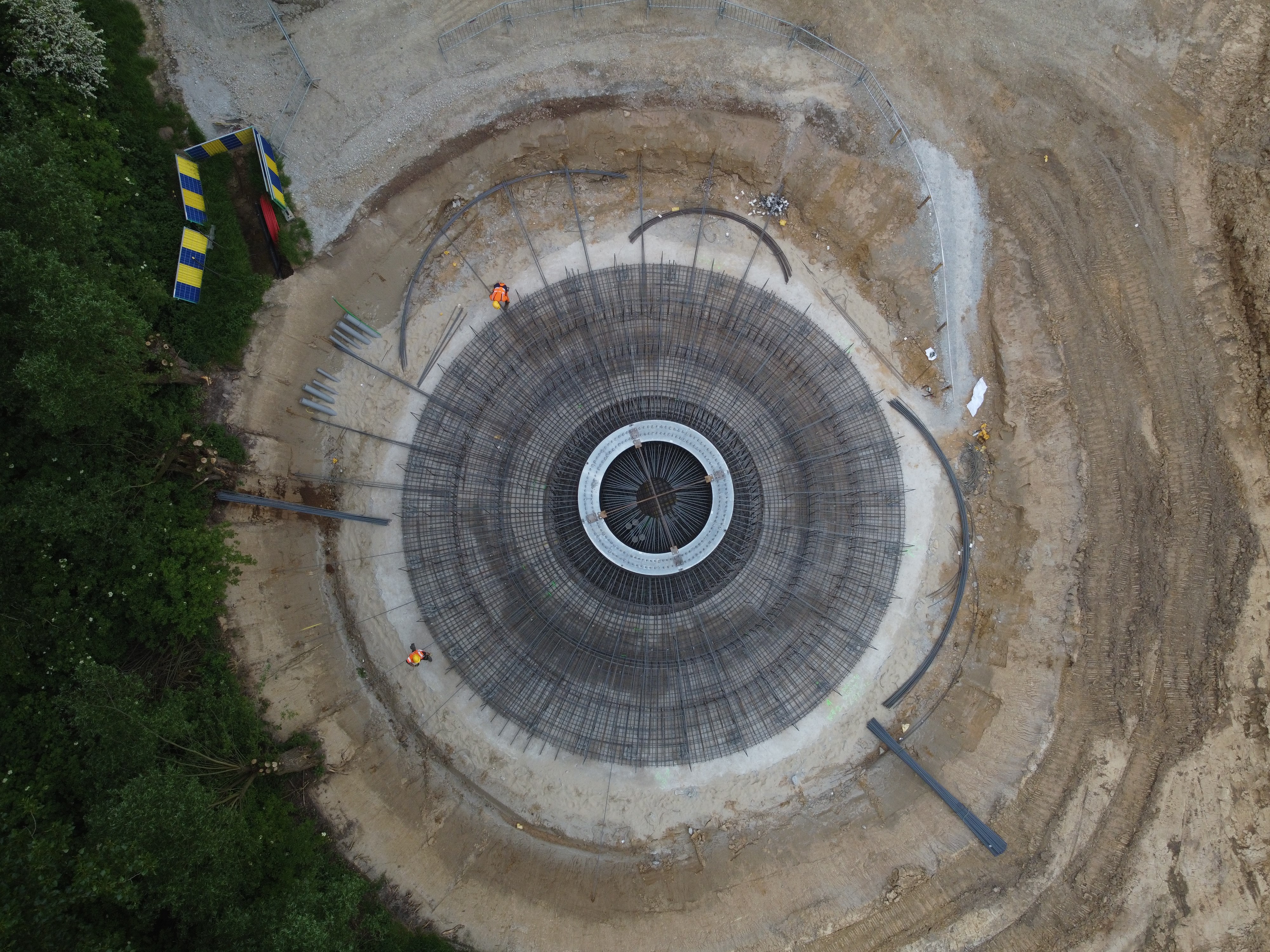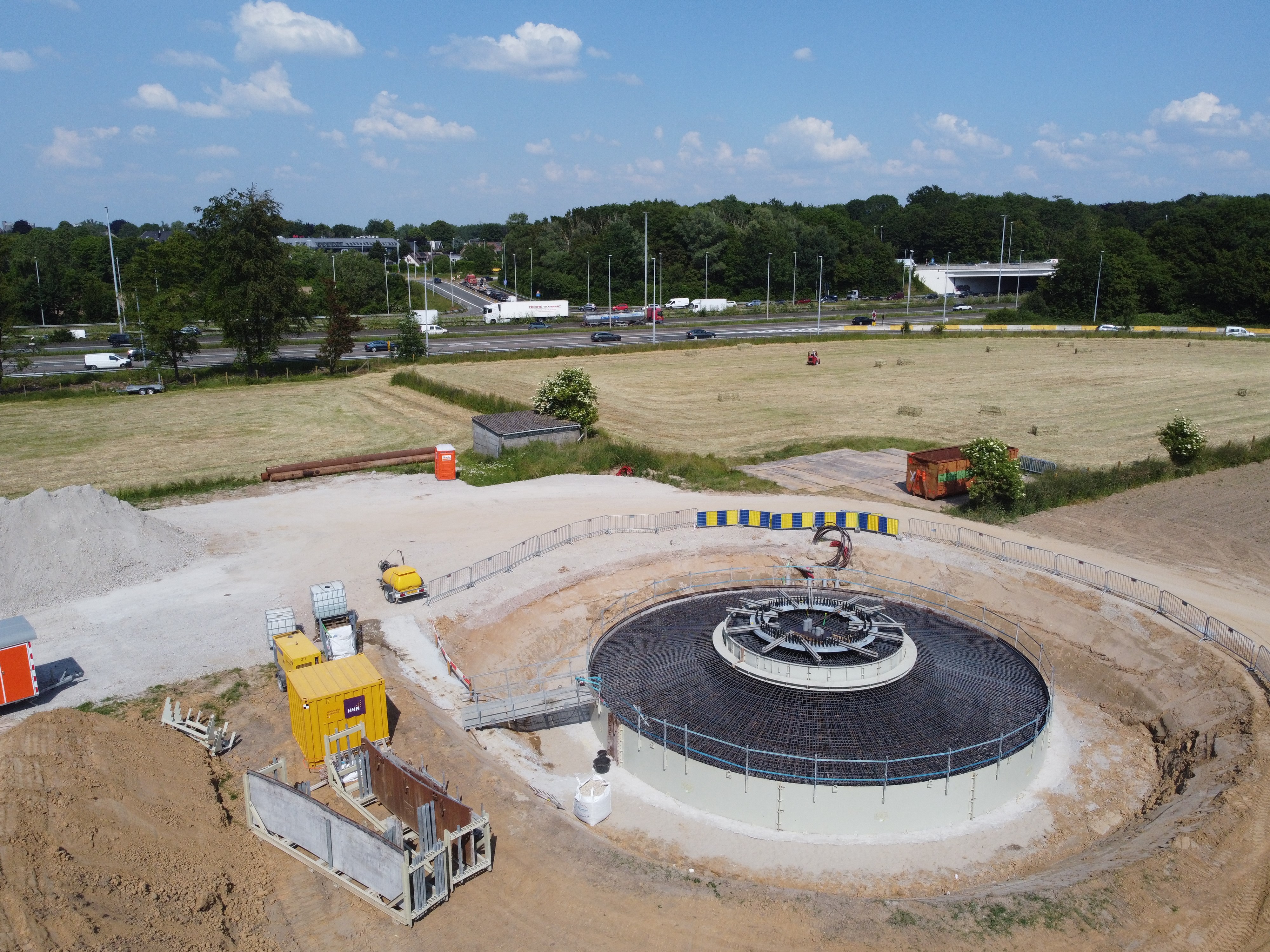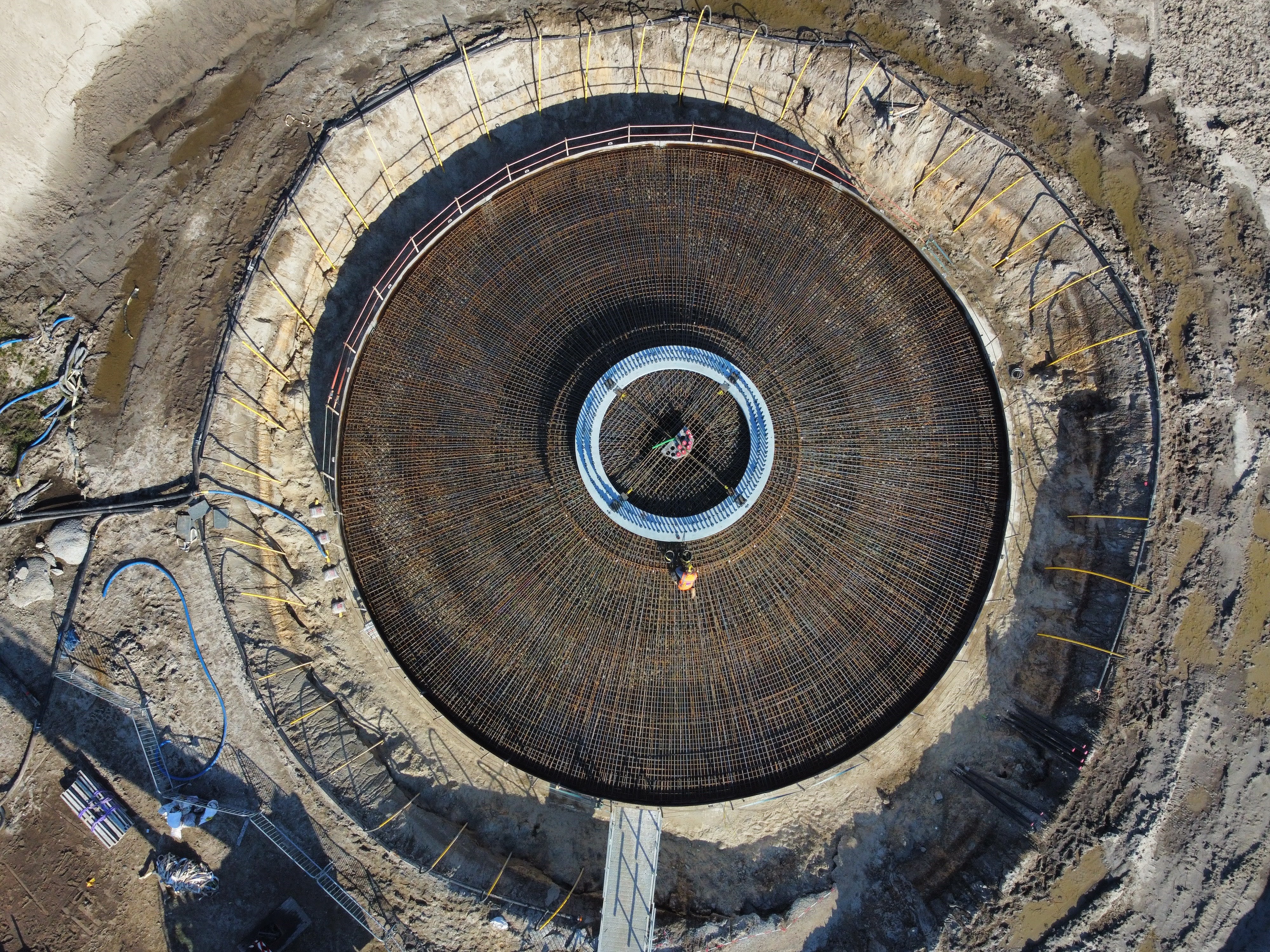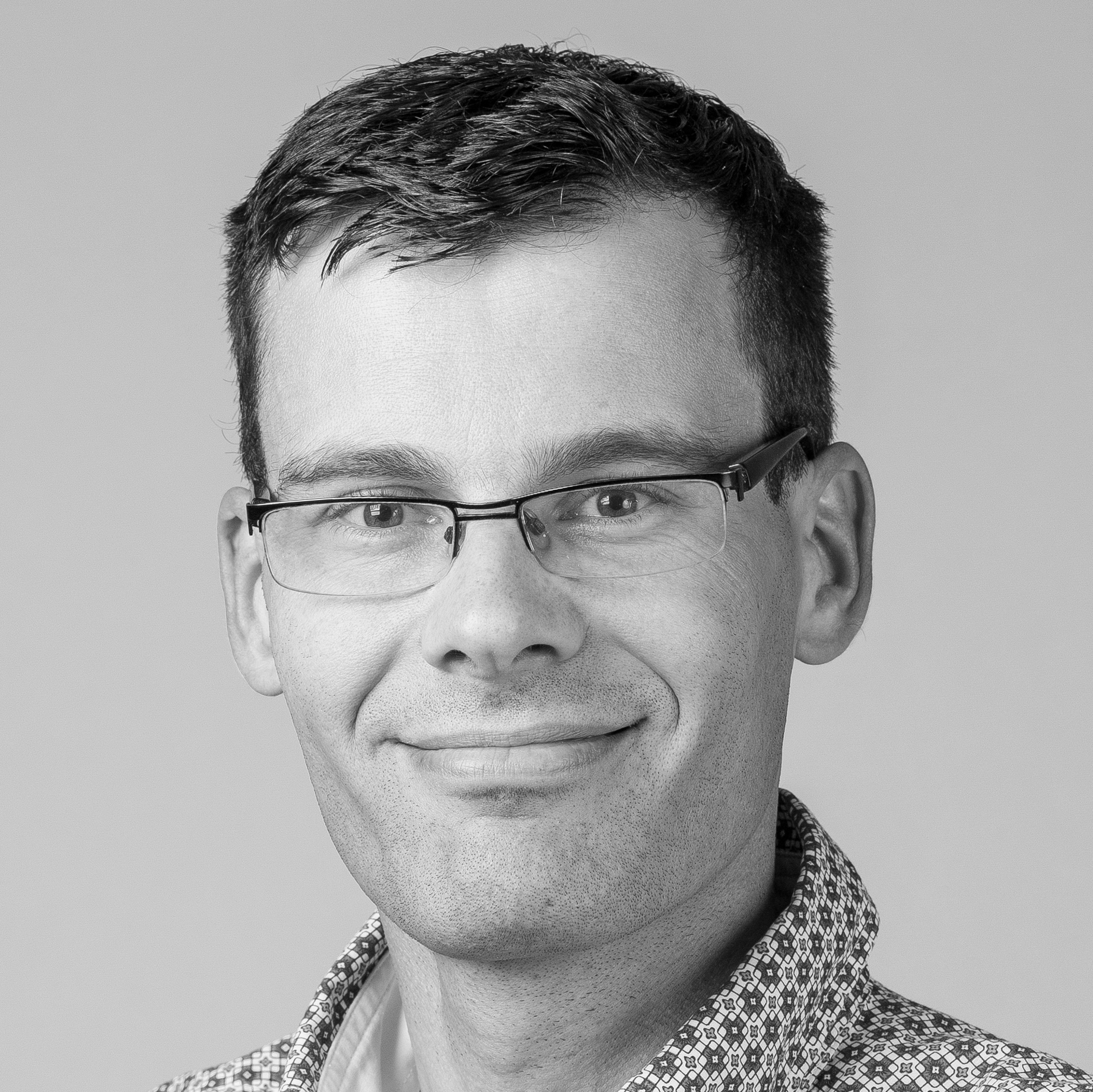
Introduction
Since I started working at ABT in 2003 I have been engaged in a wide range of projects in the (green) energy sector, civil engineering and utility construction. In 2007 I got involved in wind energy for the first time. My initial project being the construction of the Growind windfarm in Eemshaven (the Netherlands), comprising 21 Vestas V90 turbines.
Since my graduation in civil engineering I have specialized myself as quality engineer for steel structures, welding technology, concrete structures and coatings. I have become a valuable resource for both colleagues and external clients as the link between design and execution.
What I do at Windbase
At Windbase we are constantly striving for improvement of our services. Not only with regards to design optimizations leading to reduces material usage, but also with regards to environmental impact and safety. Safety has increasingly taken a prominent role within Windbase in recent years. To be able to achieve that, the experiences during the construction phase are of large value. I strive to share my knowledge and experience as much as possible to enhance the safety and efficiency of our designs.
During execution, I am present on-site to advise our clients and contractors on quality (QA&QC) and ensure that our designs for foundations and crane hard stand locations are effectively implemented. Clients also rely on Windbase for factory inspections and advice during the manufacturing of structural turbine components, metallurgy, heat treatments, special welding procedures, repairs or modifications, which often requires visits to production facilities both domestically and internationally.
My contribution to the energy transition and working on technically challenging projects give meaning to my work at Windbase.
Related projects
